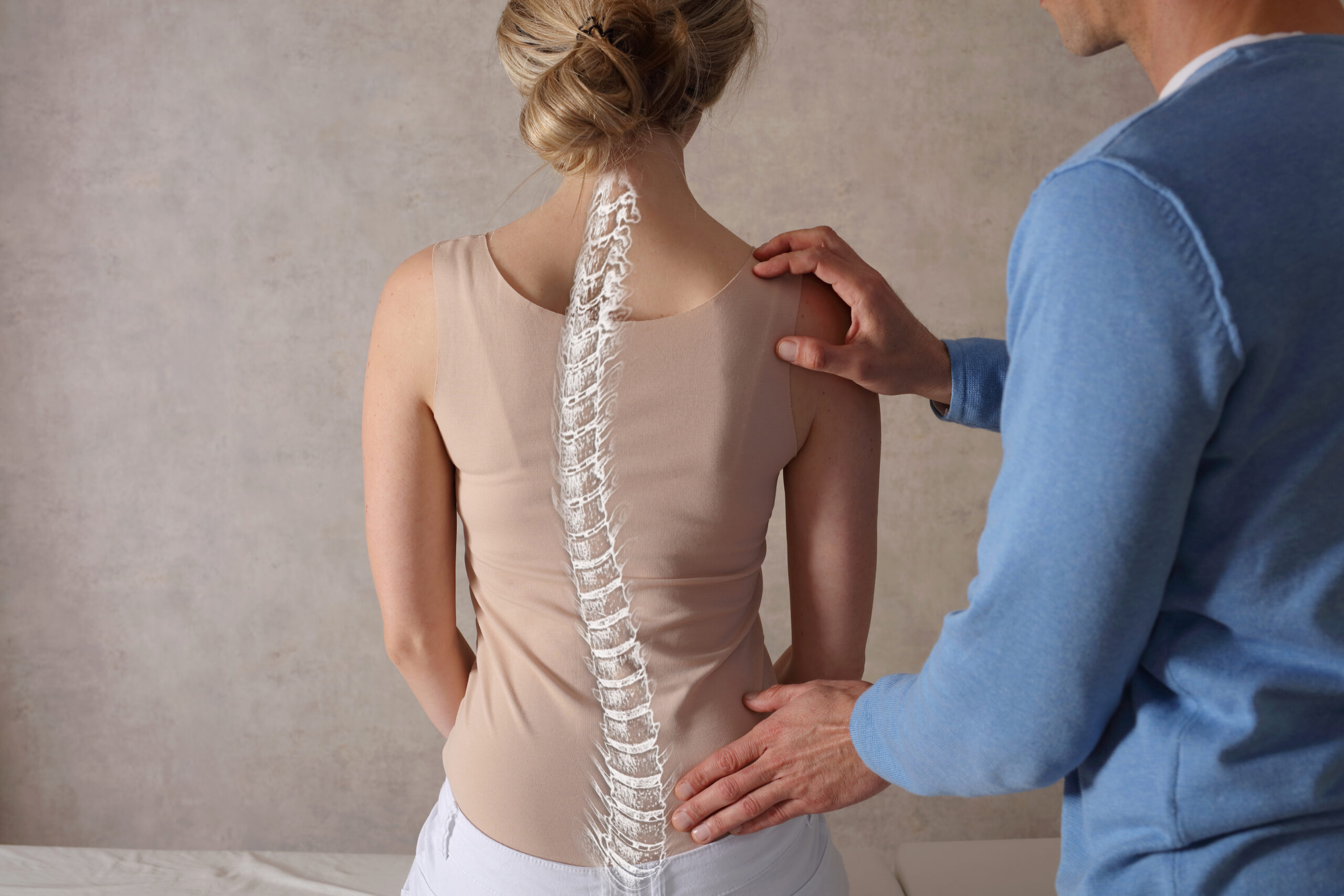
What is scoliosis?
What is scoliosis?
Scoliosis is a medical condition in which a person develops a curve of the spine.
There are two main categories of scoliosis;
Structural – where the shape is formed in early adolescence
Functional – where the curvature is developed from daily activities such as repeatedly lifting heavy weights, or sitting for long periods of time.
Imagine looking at a person’s spine from the back. There is a natural curve from front to back, but the spine itself should be in line from the centre of the pelvis to the base of the neck. A person suffering with scoliosis could have a ‘C’ or ‘S’ shaped curve in their spine.
There are differing degrees of scoliosis, and as with every condition the severity will be unique to each patient. The amount of curvature can be stable for some and for others it may increase over time, making daily tasks harder.
Mild sufferers will not will not ordinarily develop any major issues, however those who suffer with severe scoliosis may develop breathing difficulties as the curvature of the spine may affect the space lungs are meant to expand into. This can have a negative impact on quality of life as your ability to be active can be diminished.
Signs of scoliosis
Some people who have scoliosis will present with no symptoms, however below are some of the most common signs of scoliosis:
- Uneven muscle balance each side of your spine
- Ribs or shoulder blades being more prominent on one side of your body
- Uneven arm or leg lengths, or uneven hips and waist
Osteopathic treatment
An osteopath can help reduce the effect scoliosis has on your daily life. Treatment will be focused on the spine, back and ribcage. By using muscle manipulation techniques osteopaths can increase the amount of movement in these areas, such as releasing tension in the ribcage. This could result in increased lung capacity, and allow you to breathe more freely, whilst also improving your posture. Your osteopath may also focus on the pelvis and other areas of the body depending on the severity of your specific symptoms.
We may also recommend and demonstrate stretches for you to do at home. This will compliment the hands-on therapy we will provide. These may include hamstring stretches, yoga poses targeting the spine and ribcage and other stretches that best suit each individual patient.
It is important to note that your scoliosis may never be fully corrected. Osteopaths can help you manage the symptoms and reduce your pain, allowing you to move more freely and remain active.
If you feel you may have any of the symptoms of scoliosis or your condition is worsening you should consult a medical professional. If you feel osteopathic treatment could benefit you, please book an appointment. Our trained practitioners can design a treatment plan specific for you.
